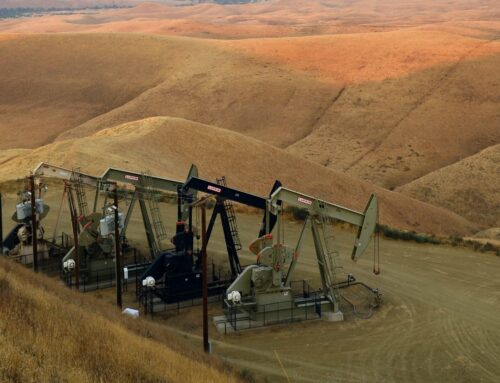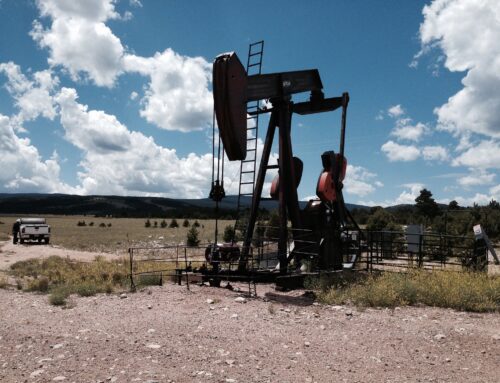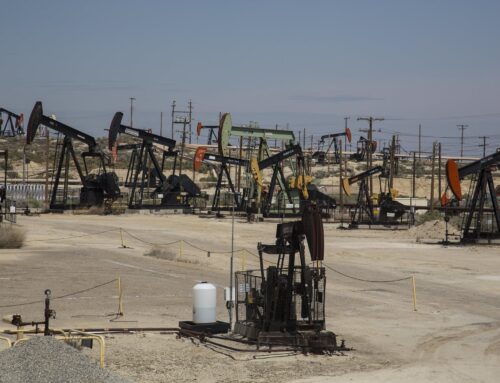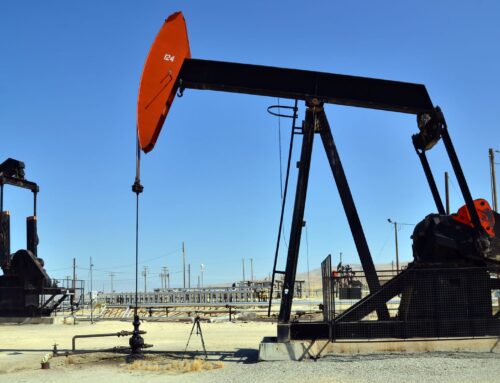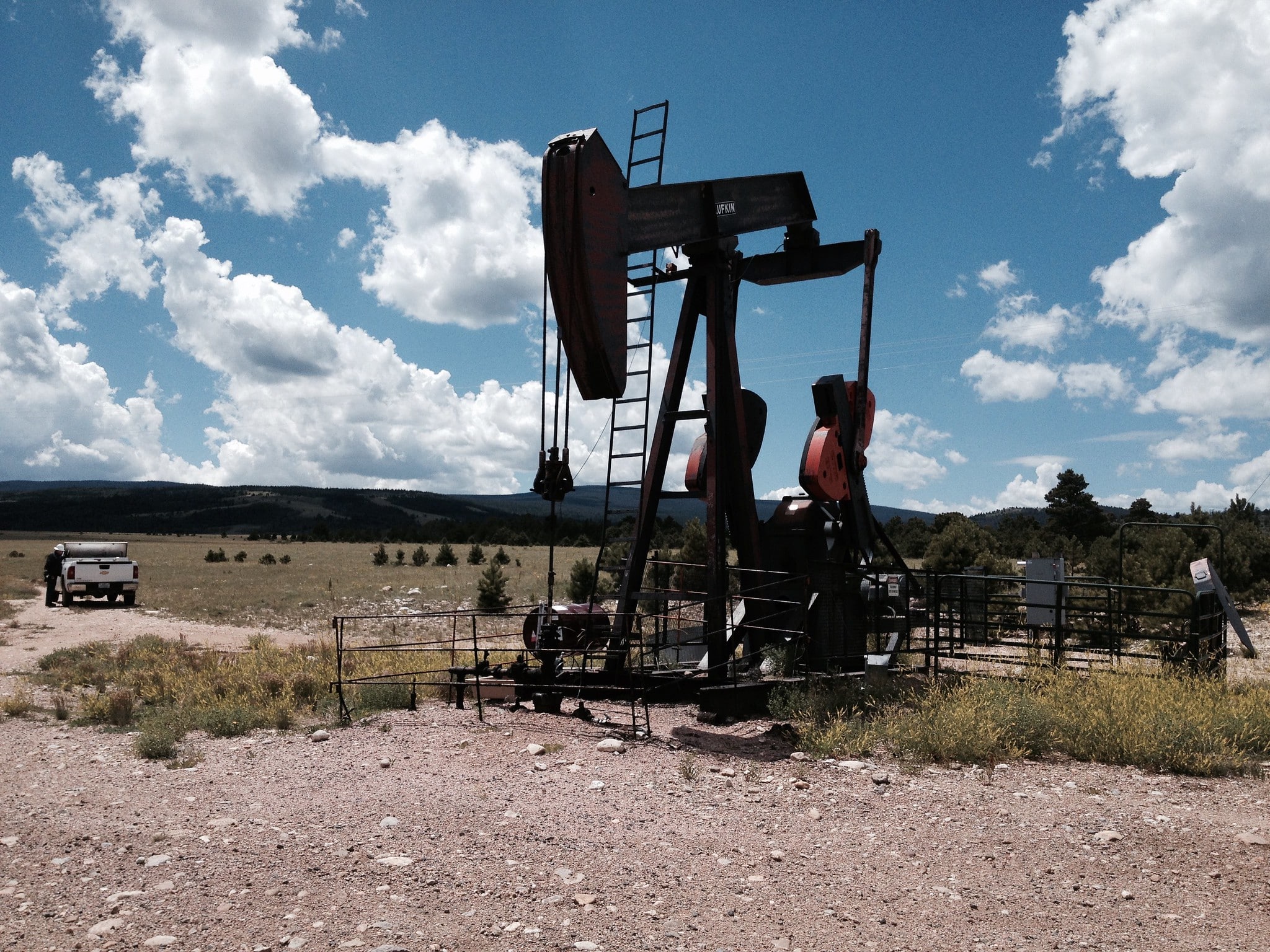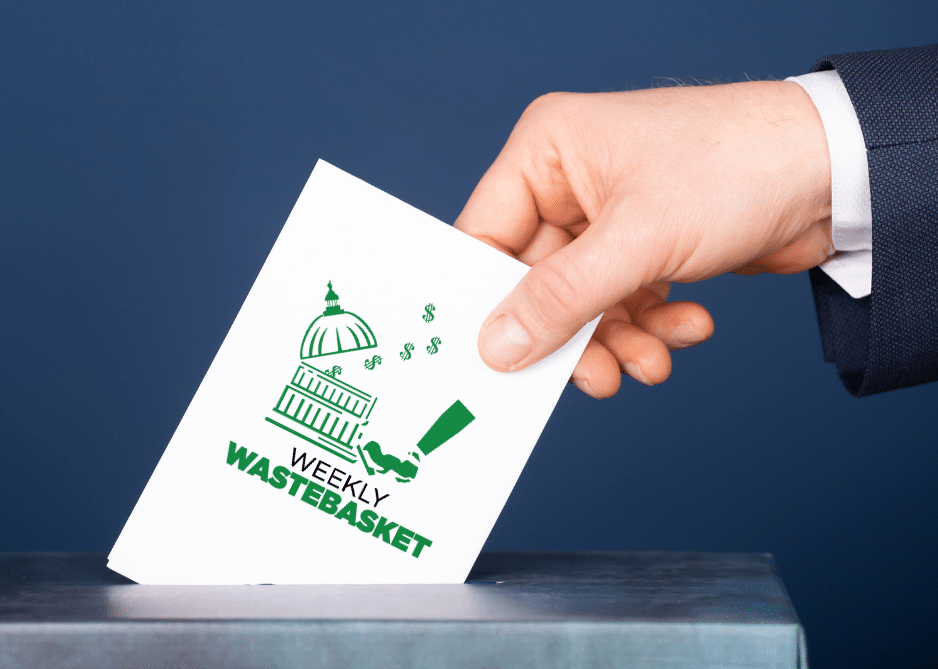The federal government lost up to $13.1 billion in revenue from oil and gas drilling on federal lands from 2012 through 2021, because it continues to apply a grossly outdated royalty rate set in 1920. Lost potential revenue hit a record high of $2.3 billion in 2021 as oil prices spiked. Bringing the onshore federal royalty into the modern era, in line with rates for state and offshore production, will stem the losses and generate billions of dollars more for federal and state coffers in the coming decades.
Federal lands throughout the Western United States contain vast deposits of valuable oil and gas resources. The U.S. government holds millions of acres of these lands in trust for the true landowners, federal taxpayers.
The federal royalty rate – est. 1920
The Mineral Leasing Act of 1920 (MLA), 30 U.S.C. §181 et seq., established the process for leasing, managing, and developing publicly owned lands for oil and gas exploration and development. Since the 1970s, this process and much of the U.S. mineral estate has been administered by the Bureau of Land Management (BLM), an agency within the Department of the Interior (DOI). In exchange for the right to drill on federal lands, the BLM requires lessees to pay a bid at auction (not in all instances), annual rent per acre of land leased, and a royalty on the value of extracted resources.
More than 100 years ago, the MLA established the royalty rate charged for the removal and sale of oil and gas from federal lands at no less than 12.5 percent of the resources’ market value. That value fluctuates with the prices oil and gas producers can get for their products. The Secretary of the Interior has the authority to prescribe a higher royalty rate for oil and gas leases on federal lands.
In 2021, rising prices for natural gas and especially oil led the value of resources extracted from federal leases to surge. The amount of revenue taxpayers lost because producers paid royalties at just 12.5 percent of market value instead of the more common 18.75 percent also surged, up to $2.3 billion (see graph).
The stagnant 12.5 percent royalty rate charged on federal lands stands in stark contrast to the increases states with significant oil and gas deposits have instituted for their royalty rates. Texas, Wyoming, New Mexico, Colorado, and Utah have increased their royalty rates for leases on state lands numerous times over the past few decades.
 Congress considered increasing the minimum royalty rate during the last overhaul of the onshore oil and gas leasing system in 1987. At the time, DOI officials cited widespread use of the 12.5 percent rate on state and private lands as a reason for maintaining it for federal leases. The subsequent adoption of higher rates for leases on state lands in many states undermines that rationale for continuing the 12.5 percent rate today.
Congress considered increasing the minimum royalty rate during the last overhaul of the onshore oil and gas leasing system in 1987. At the time, DOI officials cited widespread use of the 12.5 percent rate on state and private lands as a reason for maintaining it for federal leases. The subsequent adoption of higher rates for leases on state lands in many states undermines that rationale for continuing the 12.5 percent rate today.
The royalty rate has even changed for leases in federal waters. Between 2006 and 2008, the Bush Administration increased the royalty rates for offshore drilling in federal waters to 18.75 percent. According to our analysis of DOI data, if the onshore royalty rate had been set at 18.75 percent, in parity with offshore oil and gas, onshore production could have generated up to $13.1 billion in additional royalty revenue from 2012 to 2021.
 A higher royalty rate would have also provided a boon to western states, as half of royalty revenues collected by the federal government are returned to the state where the development takes place. As the source of most onshore federal oil and gas production, Wyoming and New Mexico would stand to gain the most from a higher royalty rate.
A higher royalty rate would have also provided a boon to western states, as half of royalty revenues collected by the federal government are returned to the state where the development takes place. As the source of most onshore federal oil and gas production, Wyoming and New Mexico would stand to gain the most from a higher royalty rate.
Read the full report below or download it here.


